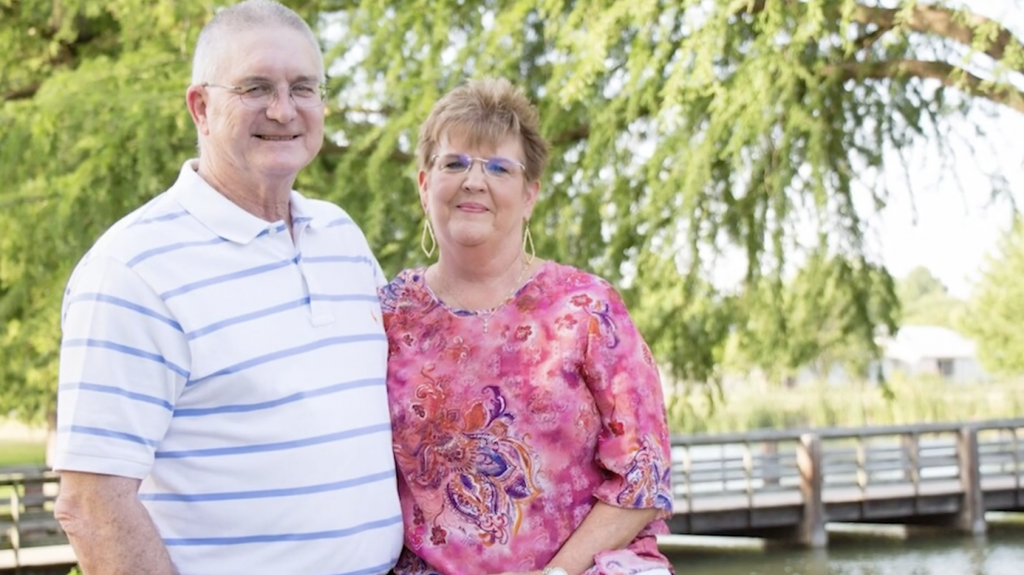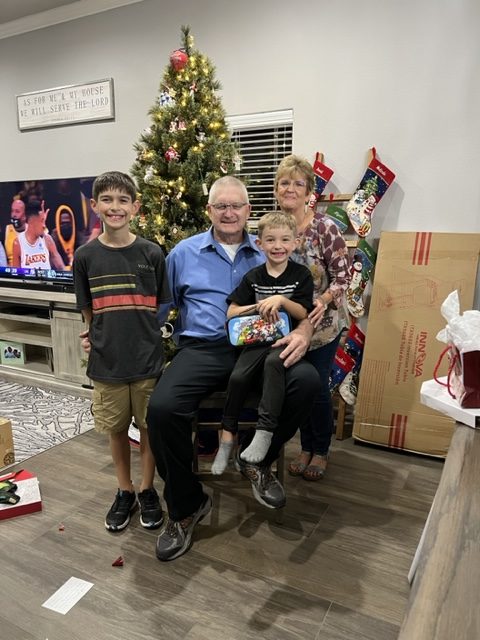Melinda Fiebig is heading to Disney World with her grandkids this November. But when the family began talking about the trip, she was not sure if she would be up for it. Fiebig lives in the city of Elgin, which is outside Austin.
“They started planning this trip about a year and a half ago. So when they first started, I went, you know, I don’t know what my health will be like.”
Read More
“The idea of maintenance is to decrease the risk of recurrence and also to extend survival,” Dr. Eshed told SurvivorNet. “And PARP inhibitors incredibly have extended survival in ovarian cancer maintenance, which is groundbreaking and wonderful and such a good opportunity for patients.”
While PARP inhibitors have dramatically changed the treatment paradigm, and outcomes, for some ovarian cancer patients, the drugs can have very difficult side effects. And Fiebig knew a few women who did not respond well.
“Some ladies and they were real nauseous. They were sick all the time. They had to lower the dose.”
Fatigue is one of the most common PARP inhibitor side effects, affecting more than half of the people who take these drugs. The tiredness that people experience while on these drugs can be even more severe than the more common chemotherapy-related fatigue.
It’s also common for people who are on PARP inhibitors to have GI issues, such as:
- Nausea
- Indigestion
- Poor appetite
- Diarrhea
- Constipation
- Belly pain
For Fiebig, most of that never happened.
“I kept working. I never stopped. I’d go home and go to bed maybe at nine o’clock at night, or 8:30 because I was tired. But that was basically the only side effect I had.”
Within the first couple months, that exhaustion let up, her blood work was perfect, and her CA-125 numbers continued to drop. The treatment really worked for her – and the best part about it was it didn’t interrupt her day-to-day life.
“It’s not like chemo. You don’t have to go into the office and do infusions. You don’t lose your hair.”
You take pills twice daily, every 12 hours.
“I still saw Dr. Eshed every month to do blood work and everything. But having pills, I liked that – being at home.”

NCCN guidelines state that you have to stop treatment with PARP inhibitors after two years. Fiebig reached that milestone in late-June. She’ll now see Dr. Eshed every three months for blood work and to check her CA-125 levels.
“I will say that’s a little scary,” Fiebig acknowledged. “Going three months is a long time, but I have done so well on the PARP. This is where I have to put it in God’s hand to take care of me.”
In the meantime, she is gearing up for her upcoming trip with her family. One, that now she can definitely say, she is excited for.
“I’m not looking as if cancer is coming back. I’m looking as if it’s staying away and if something happens, I’ll deal with it. But I keep planning things for the future.”
Learn more about SurvivorNet's rigorous medical review process.

